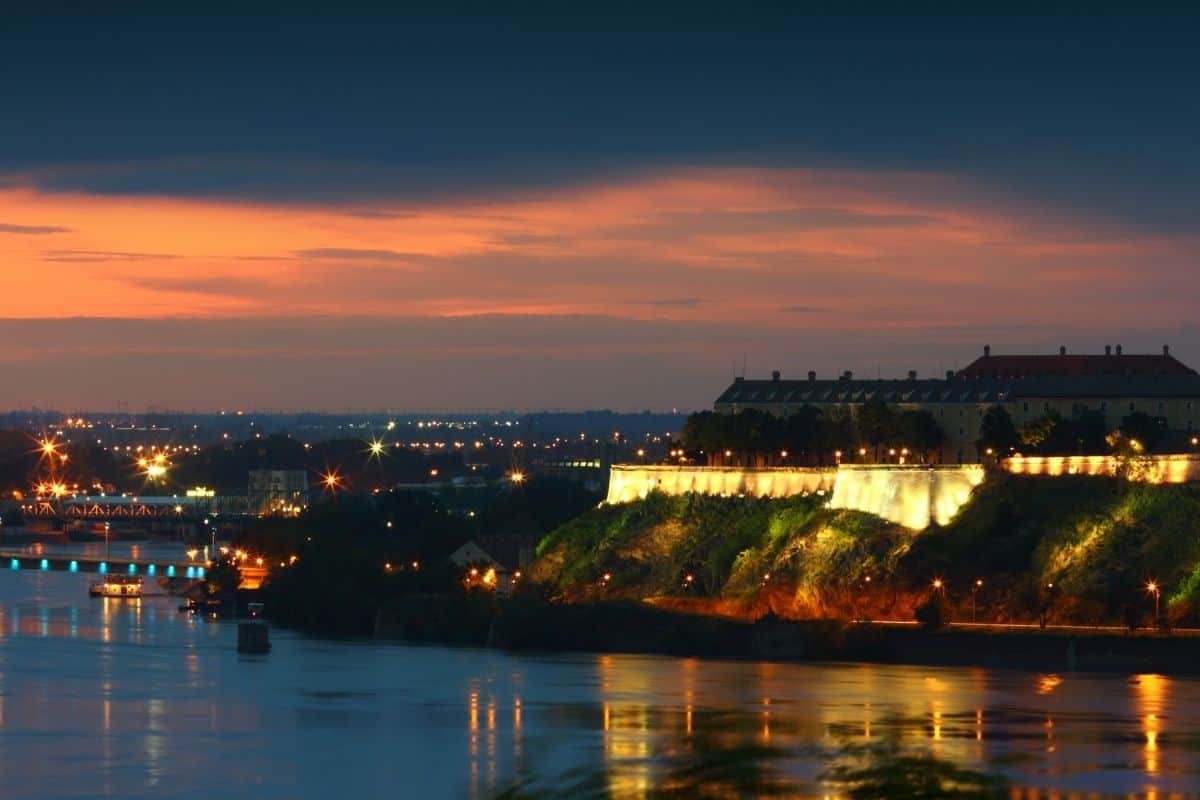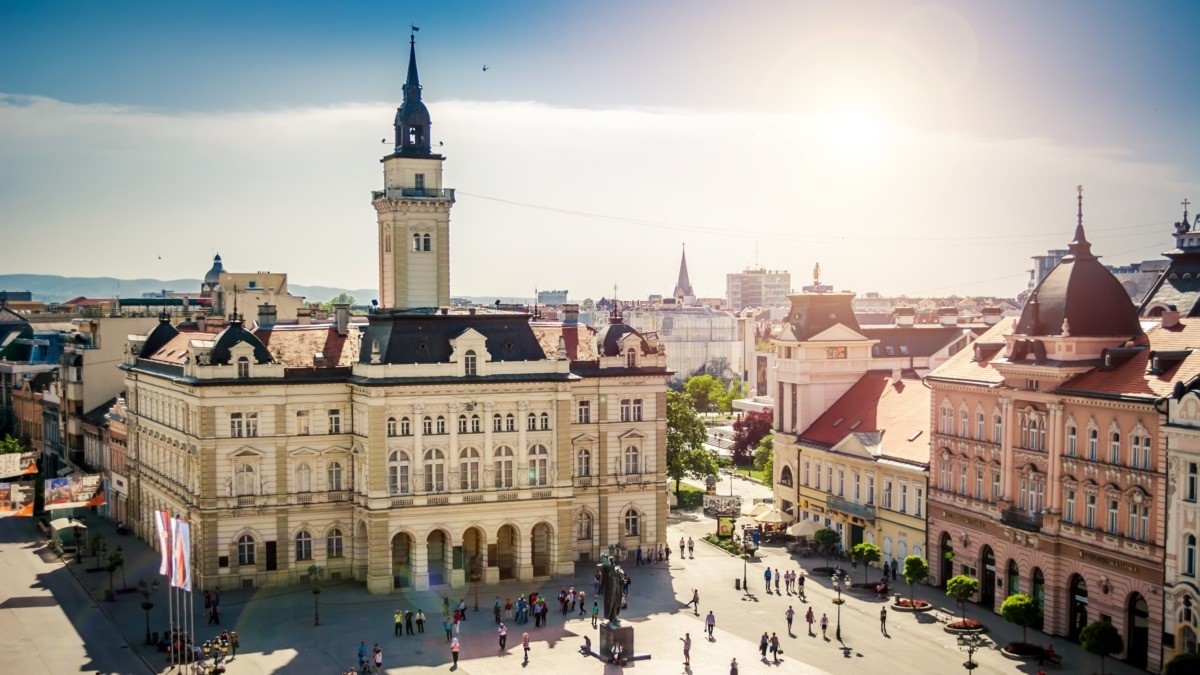Novi Sad is a city in northern Serbia and the capital of the autonomous province of Vojvodina. Vojvodina is the country’s most ethnically diverse region thanks to its location and history, making it an ideal location to explore artistic expressions of ethnic identity and minority rights. Situated on the banks of the Danube river and with a population of 300,000, Novi Sad is a walkable, affordable, and safe mid-sized city, with easy access to trains and public transportation connecting visitors to Belgrade, Budapest, and everywhere in between. It is also an epicenter of higher education and research in Central Europe. An emerging cultural capital, Novi Sad boasts many of Serbia’s leading art museums, film archives, and libraries, has a thriving music scene, and openly embraces alternative cultural sensibilities and LGBTQIA+ communities.
On the territory of present-day Vojvodina there are 1.7 million people, which is around 20% of the complete population of Serbia. Serbs make up the largest group (66%), while the rest of the population (34%) is composed of 26 national or ethnic minorities (Hungarians, Croatians, Roma, Romanians, Montenegrins, Bunjevci, Ruthenians, Macedonians, Albanians, etc.) Despite the pressures caused by wars, economic crises, changes of state status as well as various legal, economic and social systems since the period of the Roman Empire, a large number of ethnic minorities live harmoniously side by side on the territory of the Autonomous Province of Vojvodina, as the result of their rich historical heritage.



